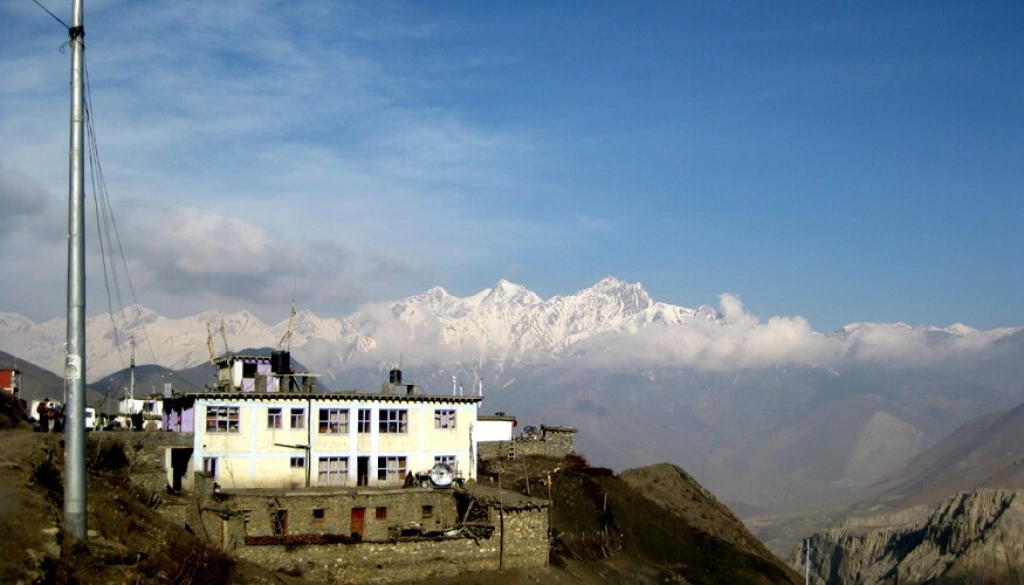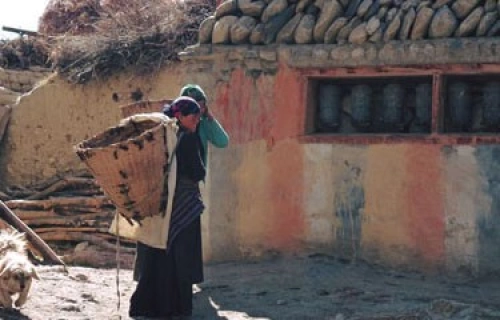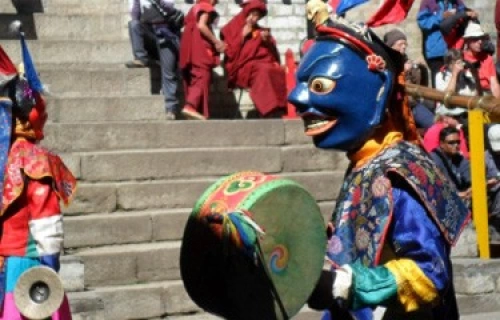About Lower Mustang Trekking
Lower Mustang Trekking also known as the trek to ‘The Forbidden Kingdom’, is one of the most exciting and adventurous trekking in the barren landscape of Annapurna region. It is situated in the northern part of Himalaya besides the southern part of enormous Tibetan plateau. During this trek, one can experience the absolute desolated outlooks of Lower Mustang stippled with Tibetan Buddhist cultural allurements and witness the largest protected biodiversity area in Nepal traversing through some of the pristine monasteries and unique lifestyle of people living in this region. Lower Mustang Trekking explores natural delicacies in addition with the archival background of its own era as this isolated region presents the glance of Tibet. Trip grade of Lower Mustang Trekking is moderate and is best suited for those adventure seekers who have limited days and prefer less challenging trip in the trans Himalayan Annapurna region of Nepal.
Our journey to Lower Mustang Trekking starts with a seven hours drive from Kathmandu to Pokhara. Pokhara is one of the most popular tourist destinations in Nepal and starting/ending point of many Annapurna region trekking. Many tourists visit Pokhara Valley to see the Himalayan range and lakes and also equally famous for boating, trekking, rafting and extreme sports like rafting, and other activities. From Pokhara, we take a short but jaw dropping flight to Jomsom (administrative HQ of Mustang district). After checking out from airport, we start our trekking to Kagbeni, the first destination to stay overnight. The trail is followed through Kali Gandaki gorge – one of the deepest gorges in world. The trail then march towards Muktinath Temple – temple with great religious significance for both Hindus and Buddhists devotees. Nestled at the foot of Thorang La mountain Pass, it is one of the world's highest temples (3800 m). Hindu and Buddhist traditions claim this site to be the only place on Earth to host all five elements (fire, water, sky, earth and air) from which all material things in the universe are made. After paying our visit to this holy temple, we continue our journey all the way down to the apple orchards of alluring Marpha village. The narrow passages with flat roofed and white washed buildings in Marpha are uncommon but captivating. And finally, we head towards Jomsom again. Jomsom is a whispering settlement in the area that subsists of several hotels, shops, banks and other government stations.
Mustang lies in the rain shadow area of Nepal and this region is dominated by the massif Annapurna Massifs and the ranges of Mount Dhaulagiri, ‘The White Mountain’. Mukti means Salvation and Nath is the word for God. It is believed that all your miseries and sorrows are relieved when you visit Muktinath. Thousands of devotees make the journey to Muktinath seeking these blessings.


